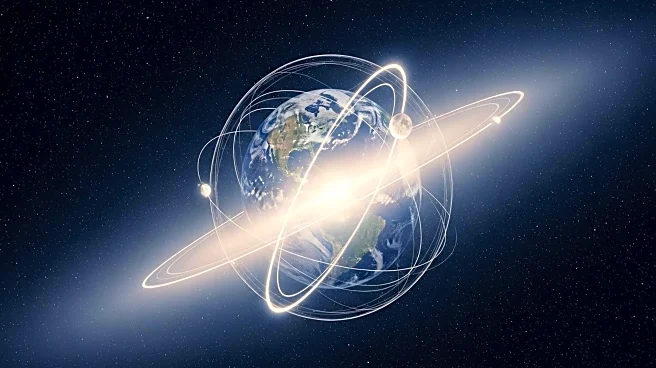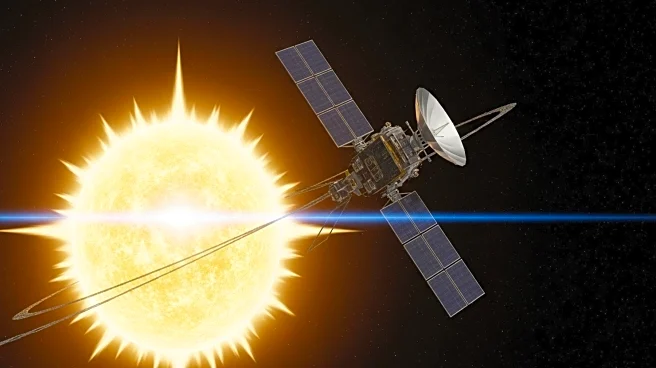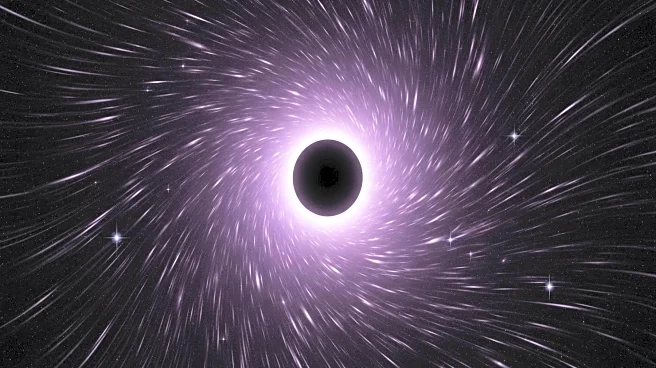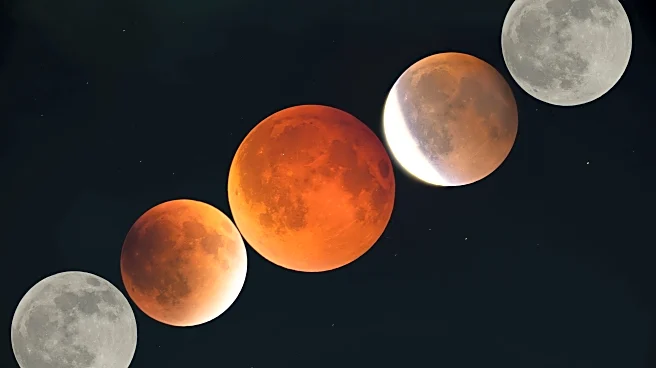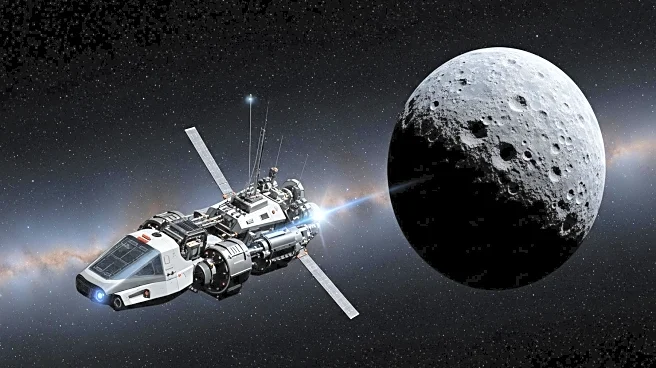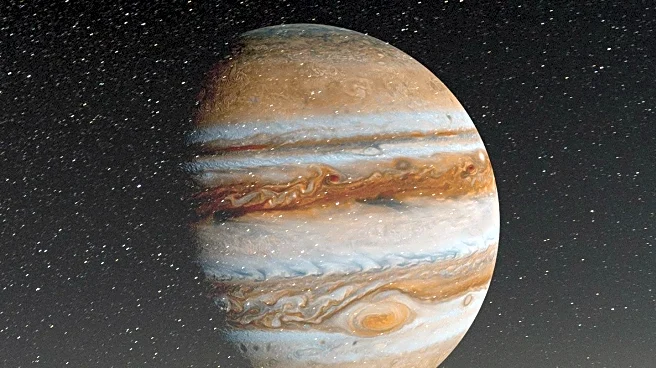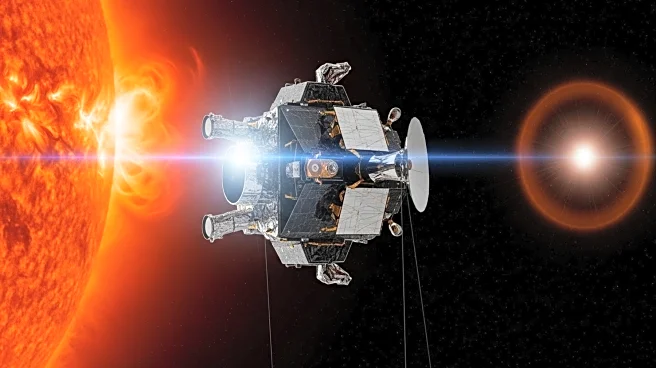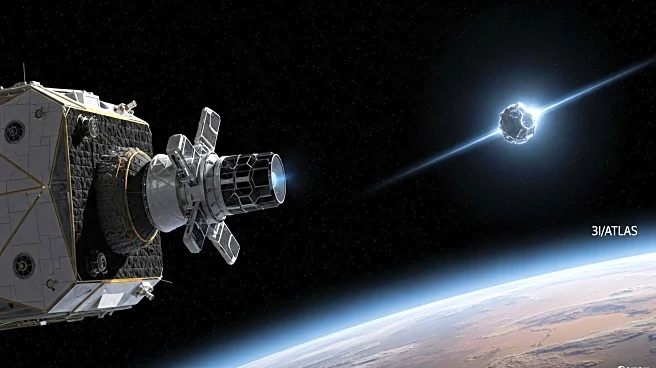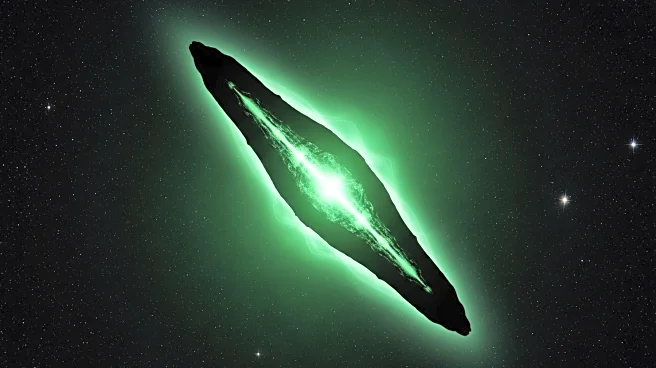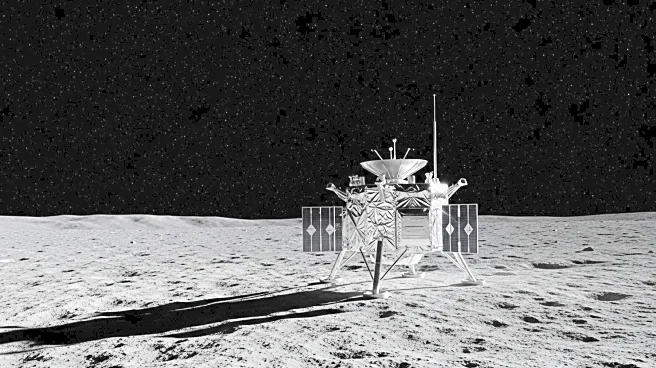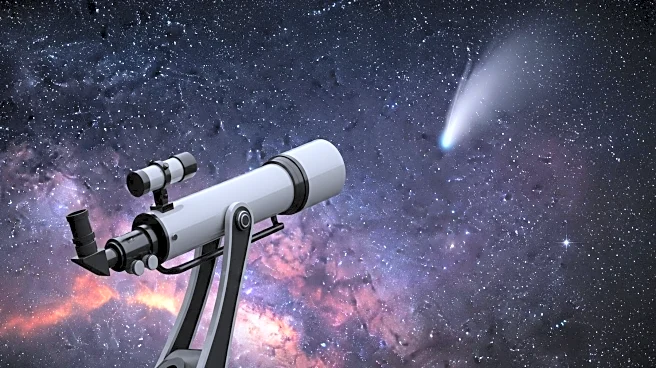What is the story about?
What's Happening?
Astronomers have confirmed the existence of a new quasi-moon, named 2025 PN7, which has been orbiting Earth for over sixty years. Unlike the Moon, 2025 PN7 is not gravitationally bound to Earth but follows a quasi-satellite path, orbiting the Sun while appearing to loop around Earth. This discovery was made using the Pan-STARRS1 telescope at Haleakalā Observatory in Hawaii, and further analysis was conducted by researchers at the Complutense University of Madrid. The quasi-moon is expected to remain in its current orbit for another sixty years before drifting away.
Why It's Important?
The discovery of 2025 PN7 provides valuable insights into the complex gravitational interactions between Earth, the Sun, and near-Earth asteroids. Understanding these interactions is crucial for planetary defense, as tracking objects that linger near Earth can help identify potential threats. Additionally, quasi-moons like 2025 PN7 could serve as practical targets for future space exploration missions, offering opportunities for robotic probes or asteroid mining.
What's Next?
Astronomers will continue to monitor 2025 PN7 to refine predictions about its future path and stability. As telescope technology advances, more quasi-moons may be discovered, enhancing our understanding of these celestial companions. The Vera C. Rubin Observatory, with its ability to scan the sky with unprecedented depth, may uncover additional quasi-satellites, broadening the scope of orbital mechanics research.
AI Generated Content
Do you find this article useful?
